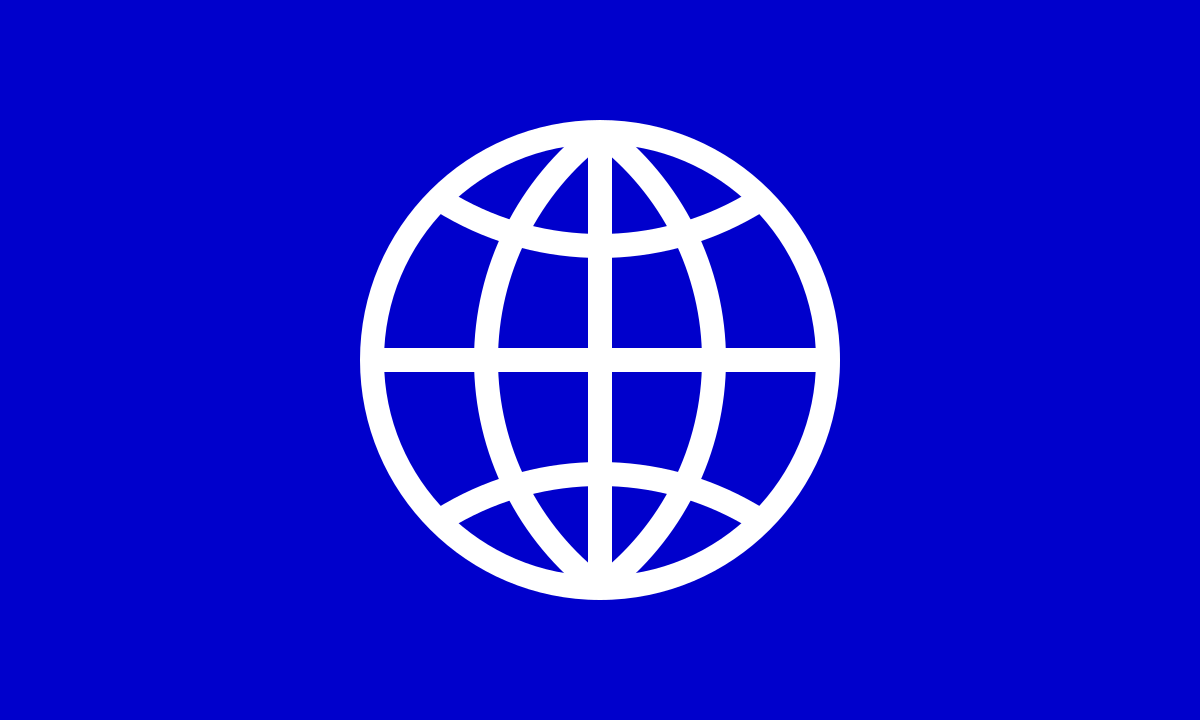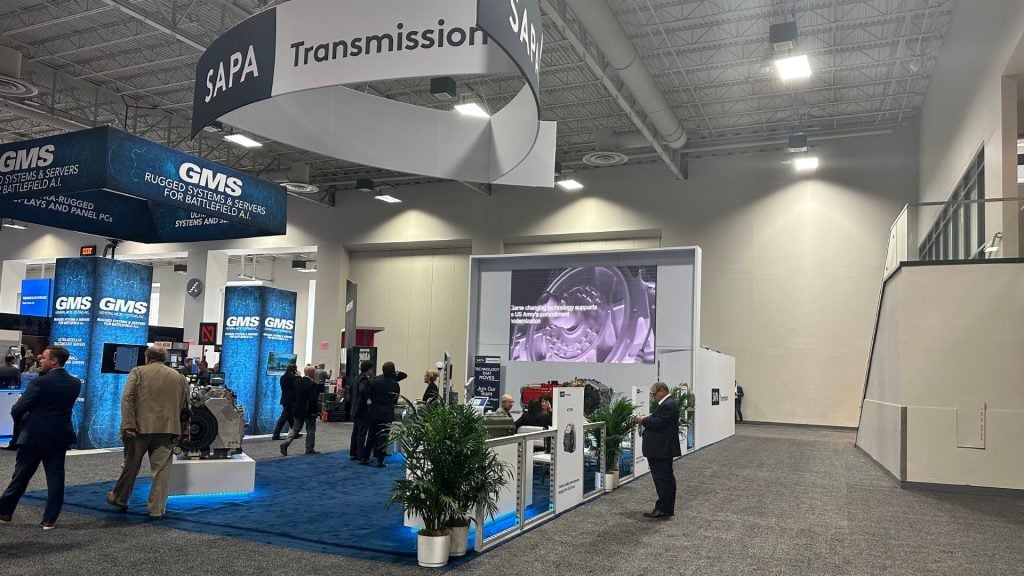
Introduction
Taking your brand to an international stage through global exhibitions offers immense opportunities but also presents unique challenges. From cultural differences to logistical hurdles, succeeding in international showcases requires careful planning and strategic thinking. Here are the key considerations for ensuring your brand stands out and achieves success at global exhibitions.
1. Understand Cultural Differences
Exhibiting internationally means connecting with diverse audiences, each with its own cultural nuances and business customs. Tailoring your approach to fit the region you’re targeting is crucial.
- Localized Messaging: Adapt your messaging to the local culture. This might involve translating your booth content or adjusting the tone and style of your communication to resonate with regional audiences.
- Respect Local Etiquette: Whether it’s the way you greet visitors, your booth staff’s attire, or the type of giveaways you offer, understanding and respecting local business customs can significantly enhance your brand’s appeal.
- Cultural Sensitivity in Design: Ensure that your booth design and visuals are culturally appropriate and don’t inadvertently offend or misrepresent the local audience.
2. Navigate International Logistics
Exhibition logistics can be complex on a global scale, with challenges around shipping, customs, and local labor.
- Reliable Shipping Partners: Partner with logistics companies experienced in international exhibitions. They should handle customs clearance, documentation, and timely deliveries to avoid delays.
- On-Site Labor: Hire local labor for booth setup and dismantle. Local teams understand the regulations and practices of the region, ensuring smoother execution.
- Pre-Event Planning: Create a detailed timeline that accounts for the longer lead times required when shipping and coordinating across borders. Have contingency plans for potential delays or last-minute issues.
3. Legal and Regulatory Compliance
Different countries have different rules when it comes to exhibitions. To avoid complications, make sure you’re well-versed in the legal and regulatory requirements of each region.
- Customs Regulations: Research the customs requirements for shipping your booth materials to avoid delays at the border. This includes understanding duties, taxes, and import restrictions.
- Health and Safety Standards: Ensure your booth design complies with the local safety regulations, which can vary from one country to another.
- Booth Licensing and Permits: Some countries may require special licenses or permits for exhibiting. Confirm these requirements well in advance to avoid issues during the event.
4. Tailor Your Booth for International Audiences
Your booth design and setup should not only reflect your brand but also cater to the expectations and preferences of the local audience.
- Customizable Booth Design: Use modular booths that can be easily customized for different regions. This allows you to adjust your setup for different audience sizes, preferences, and layouts.
- Language Considerations: Ensure that your booth staff includes bilingual or multilingual individuals who can communicate with local attendees. Also, consider providing marketing materials in the local language.
- Interactive Elements: Create a memorable experience by incorporating region-specific interactive elements. Whether it’s VR experiences, product demos, or hands-on engagement, localizing your interactive features can drive more foot traffic.
5. Marketing for Global Audiences
Pre-show marketing is essential for driving attendance and buzz, but the strategy for an international audience requires localization.
- Localized Campaigns: Tailor your digital marketing efforts to the specific region where the exhibition is taking place. Use local social media platforms, languages, and cultural references to make your campaigns more relatable.
- Global PR Strategy: Work with local PR agencies to boost your visibility in regional markets. Press releases, media coverage, and influencer partnerships in the local language can enhance your reach.
- Pre-Show Networking: Build relationships with local industry leaders, potential clients, and influencers before the show. Invite them to your booth and leverage their network to increase foot traffic.
6. Budget for International Shows
Exhibiting internationally can come with unexpected costs, so it’s important to budget accordingly to avoid any surprises.
- Currency Fluctuations: Exchange rates can vary, affecting the cost of local vendors, logistics, and services. Factor in potential fluctuations and set aside a contingency fund.
- Local Vendor Costs: Research the costs of services in the host country. Labor, materials, and even booth space can vary greatly between regions, so adjust your budget to reflect these differences.
- Shipping and Storage: Account for higher shipping costs and the possibility of additional storage fees if your booth materials arrive early or need to be stored post-event.
7. Post-Show Follow-Up and Measurement
Once the exhibition is over, the work isn’t done. Following up with leads and analyzing your performance is critical to making the most of your global showcase.
- Tailored Follow-Up: Personalize your post-show follow-up to cater to the regional interests of the attendees you engaged with. For example, if sustainability was a hot topic, share how your brand is leading in that area.
- Measure ROI: Track key metrics like lead generation, brand awareness, and social media engagement to evaluate the success of your international exhibitions. This data will help you refine your strategy for future events.
- Gather Feedback: Post-show debriefs with your local teams and customers can provide invaluable insights into what worked and what didn’t, helping you continuously improve.
Conclusion: Winning on the Global Stage
International exhibitions offer incredible opportunities for expanding your brand’s reach, but they require a thoughtful and strategic approach. By understanding cultural differences, mastering logistics, complying with regulations, and executing localized marketing strategies, your brand can thrive in international markets. With the right planning and execution, global exhibitions can significantly boost your brand’s presence and open doors to new business opportunities.


 Global
Global Europe
Europe

